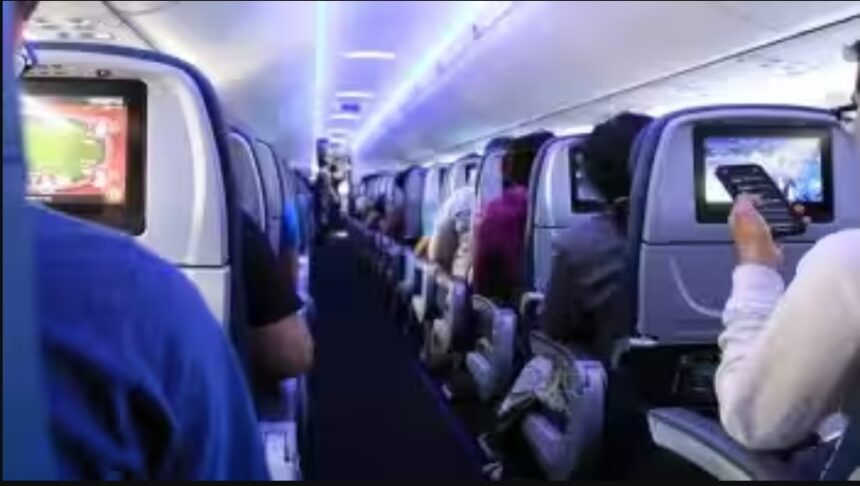The potential savings for airlines is estimated to be Rs 1,000 crore per year, with total savings reaching Rs 640.7 crore as of August 2020.
The Ministry of Civil Aviation revealed that flexible use of airspace is the key to helping airlines save Rs 1,000 crore annually. This approach aims to reduce flight times, fuel consumption and carbon emissions, providing significant cost reduction opportunities.
Freeing up airspace for civilian purposes
Historically, 40% of airspace was inaccessible for civilian use, leading to flight routes being diverted. The Indian Air Force (IAF) controls 30% of the country’s airspace, of which 30% is allowed to be used flexibly. Under Aatmanirbhar Bharat, the IAF will use these sections for civilian purposes, creating 129 conditional routes.
Aatmanirbhar Bharat Initiative: Cost savings and environmental impact
The statement said the cooperation between IAF and civil aviation will bring significant benefits. The potential savings for airlines is estimated to be Rs 1,000 crore per year, with total savings reaching Rs 640.7 crore as of August 2020. Additionally, there has been a significant reduction in carbon emissions of 1.37 lakh tons.
Despite the challenges caused by the pandemic, domestic air passenger traffic has increased significantly. On November 19, 2023, Indian airlines carried a record 4,56,910 domestic passengers, up 7.4% from the pre-Covid average. This surge demonstrates the resilience and recovery of the aviation industry.
The Directorate General of Civil Aviation (DGCA) also issued a record 1,562 professional pilot licenses in the current year up to December 18. This increase in the number of licensed pilots also reflects the dynamism of aviation.
To combat airport congestion, the ministry also announced to create more space at various airports through restructuring of terminal infrastructure. The focus is on enhancing capacity at key passenger touchpoints to improve overall efficiency.
For more information, visit at https://happenrecently.com/zepto/?amp=1


